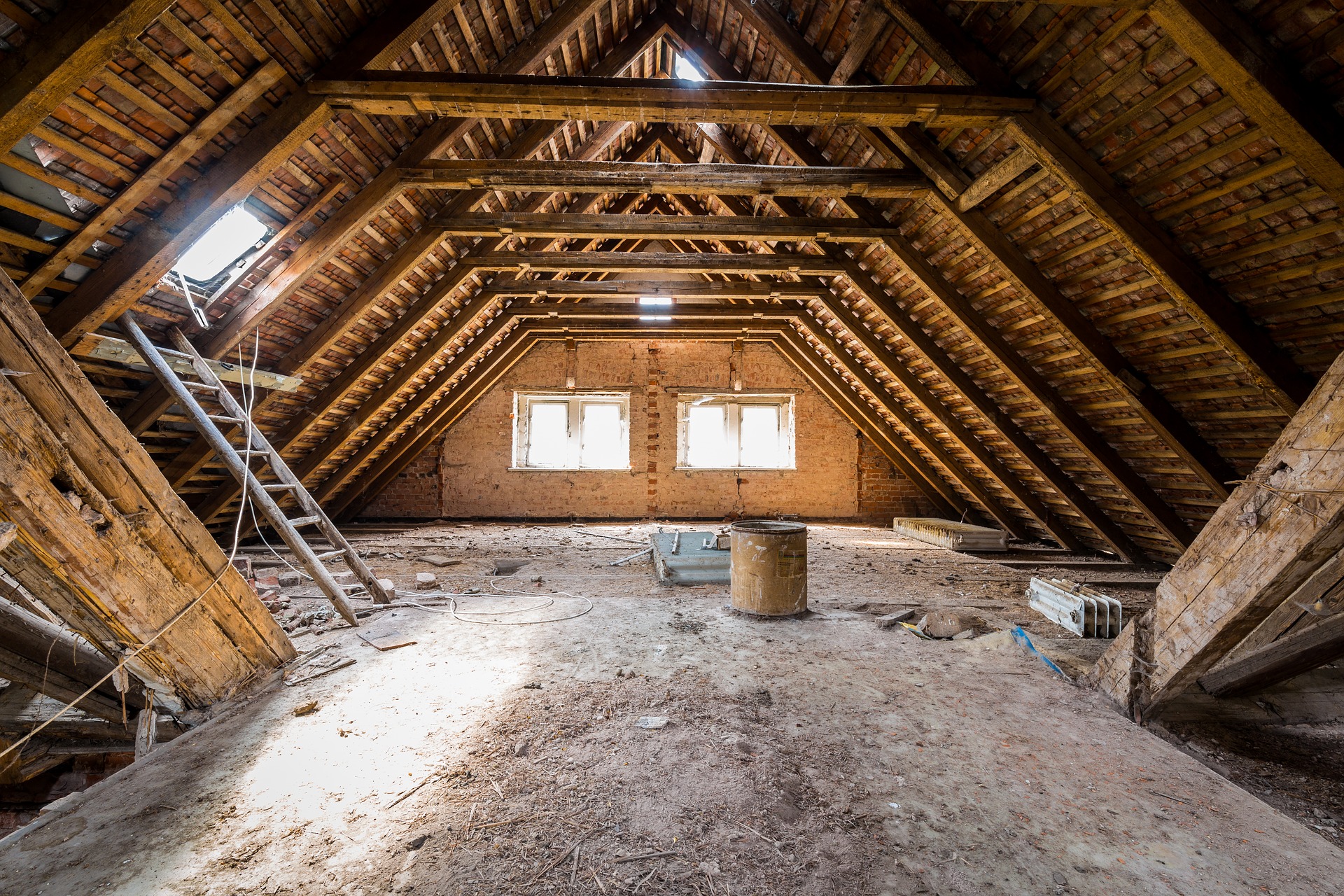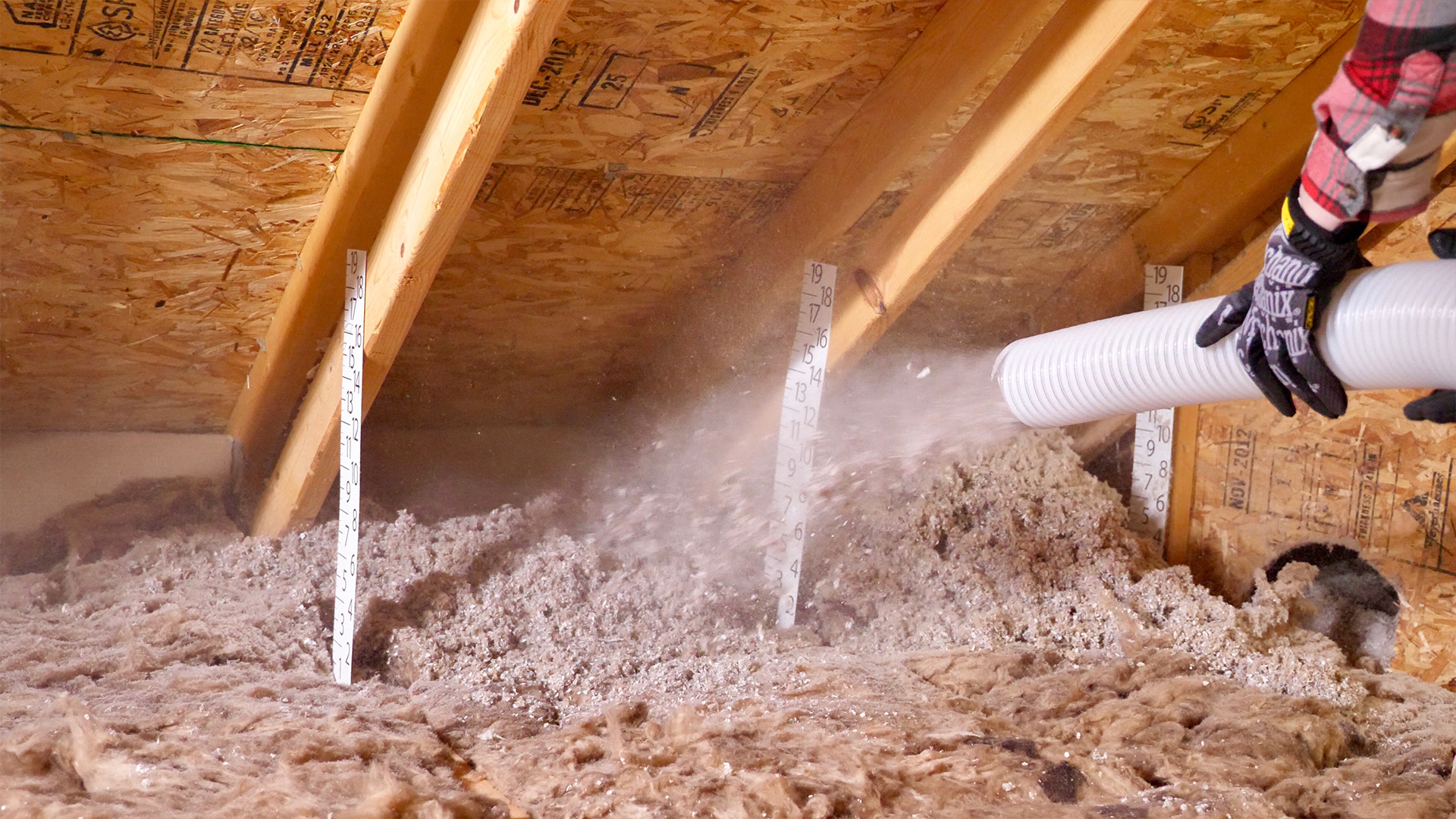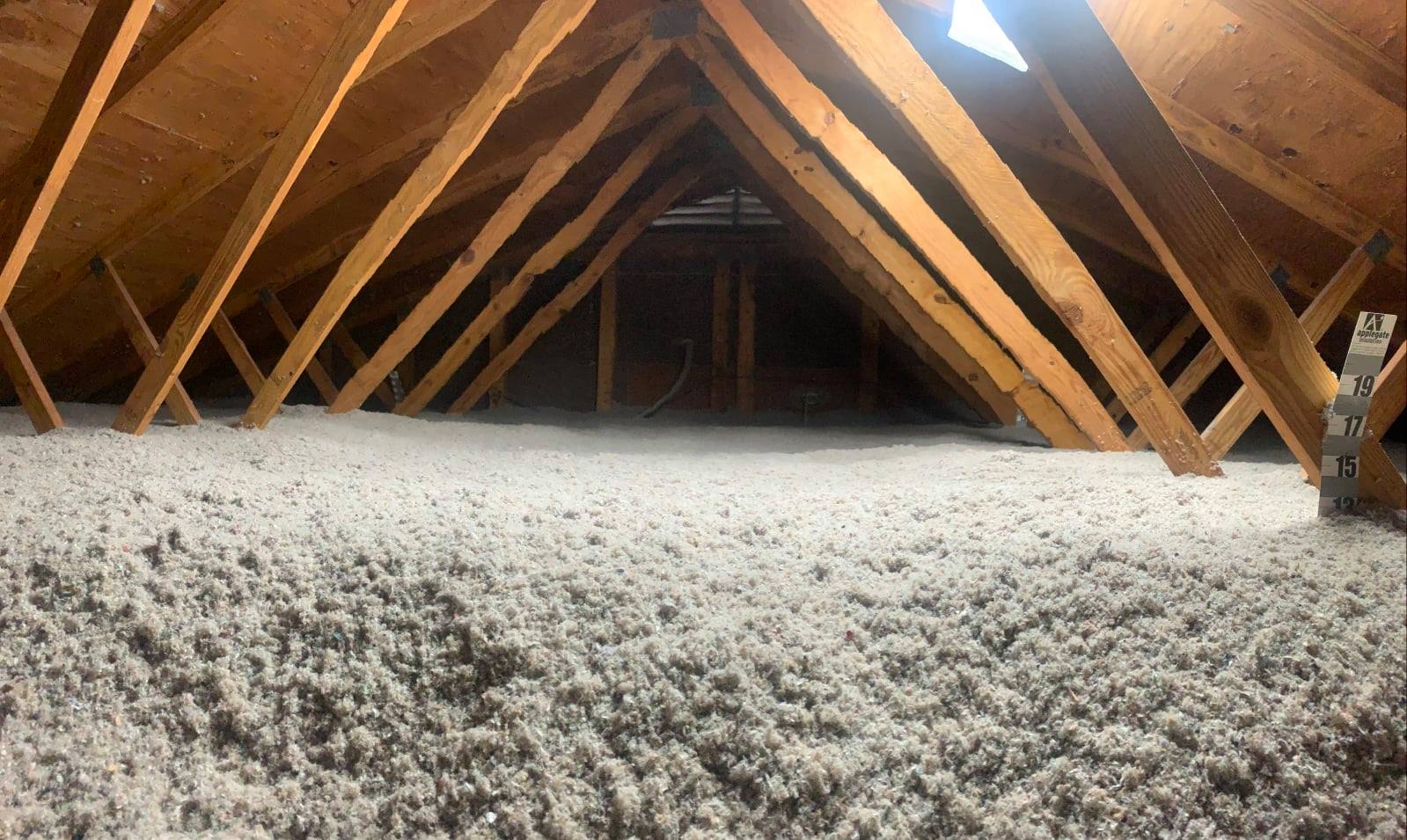Attic Insulation DFW: Increase Your Home's Worth and Effectiveness
Attic Insulation DFW: Increase Your Home's Worth and Effectiveness
Blog Article
Discover the Different Sorts Of Attic Insulation and Their Special Advantages for Your Home's Energy Efficiency

Fiberglass Insulation
Fiberglass insulation is among the most typically utilized products for attic room insulation because of its outstanding thermal efficiency and cost-effectiveness. Made up of small glass fibers, this material efficiently traps air, producing an insulating obstacle that assists maintain regular indoor temperature levels. Its high R-value per inch makes it especially effective at withstanding heat transfer, which is vital for power conservation in homes.
Setup of fiberglass insulation is reasonably uncomplicated, often readily available in batts or loose-fill types, fitting different attic room configurations. Additionally, it is immune and non-combustible to dampness, reducing the risk of mold growth. This resilience adds to its long life, making fiberglass a practical lasting financial investment for house owners.
Additionally, fiberglass insulation is frequently made from recycled materials, which boosts its eco-friendliness. The product can also add to soundproofing, decreasing noise transfer in between rooms. While it is necessary to wear safety gear during setup to prevent irritability from the fibers, the overall advantages of fiberglass insulation, consisting of power savings and environmental considerations, make it a prominent selection for boosting attic performance and promoting a comfy living setting.
Spray Foam Insulation
Spray foam insulation is an extremely efficient option for attic room insulation, recognized for its remarkable air securing and thermal performance. This ingenious insulation product is composed of a mixture of isocyanate and polyol resin, which, when integrated, increases quickly to fill up voids and cavities in the attic room area. Its ability to stick to various surface areas guarantees a constant obstacle against air leakages, considerably lowering heat loss throughout chillier months and warmth gain during warmer periods.
One of the crucial advantages of spray foam insulation is its high R-value per inch, which implies it provides excellent thermal resistance in a reasonably thin application. This is particularly advantageous in attic rooms where space is frequently limited. Additionally, spray foam can aid minimize wetness build-up, reducing the threat of mold and mildew and mold development, which can be damaging to both the framework and indoor air top quality.
While the first expense of spray foam insulation may be more than standard choices, its long-term energy savings, paired with enhanced comfort and boosted home worth, make it a beneficial investment for house owners looking for boosted power effectiveness. Attic Insulation DFW. In general, spray foam insulation sticks out as an efficient service for enhancing attic insulation
Cellulose Insulation

Cellulose insulation is a preferred selection for attic insulation, mostly made up of recycled paper products treated with fire retardants. This eco friendly choice is known for its superb thermal efficiency, efficiently decreasing heat transfer in both summer and cold weather. The thick composition of cellulose enables it to fill gaps and spaces in attic areas, giving a smooth barrier against air leakages.
One of the significant benefits of cellulose insulation is its capability to stand up to mold and parasites, owing to the fire resistant therapies used throughout production. Furthermore, it boasts a high R-value per inch, which equates right into remarkable power effectiveness. Homeowners can anticipate reduced heating & cooling prices as a result of boosted insulation.
Installment is typically accomplished with blowing loose cellulose into the wanted location, enabling a fast and reliable process. This method likewise reduces interruption to the existing structure. Cellulose insulation has a fairly reduced ecological impact, as its production procedure uses recycled materials, adding to lasting building methods.
Rock Wool Insulation
Among the various alternatives for attic room insulation, rock wool, additionally called mineral woollen, sticks visit the website out because of its excellent thermal and acoustic performance. Made from natural or recycled materials, rock woollen is created by thawing rock and rotating it right into fibers, resulting in a product that offers excellent insulation residential or commercial properties.
Among the considerable advantages of rock woollen insulation is its high R-value, which shows its efficiency in standing up to warmth circulation. This characteristic not only improves power effectiveness yet likewise adds to maintaining a comfortable interior temperature year-round. In addition, rock woollen is inherently fire-resistant, making it a much safer option for homes as it can hold up against high temperature levels without melting or launching toxic fumes.
Furthermore, rock woollen insulation masters soundproofing abilities, successfully decreasing sound transmission in between rooms and from outdoors sources. This makes it a perfect selection for property owners seeking a peaceful living setting. Moreover, rock wool is moisture-resistant, assisting to avoid mold and mildew growth and keeping the structural honesty of the attic room room. On the whole, rock wool insulation provides a thorough remedy for enhancing energy performance, safety and security, and convenience in property settings.
Radiant Obstacle Insulation
Radiant obstacle insulation offers as a reliable solution for lessening warmth transfer in attic rooms, especially in warmer climates. This kind of insulation works by mirroring glowing warmth far from living areas, therefore decreasing the amount of warmth that enters a home during warm climate - Attic Insulation DFW. Generally made up of a very reflective product, such as aluminum foil, radiant barriers are installed in attic rooms, dealing with the roof, where they can obstruct incoming warmth from the sun
The main benefit of radiant barrier insulation is its capacity to lower air conditioning expenses. By showing heat as opposed to absorbing it, glowing obstacles can help maintain a more secure interior temperature level, lowering the work on a/c systems. This efficiency translates into reduced power bills and raised comfort for property owners.
Along with energy savings, glowing barriers can likewise contribute to improved indoor air top quality. By minimizing heat buildup, they assist decrease moisture levels, which can prevent mold and mildew development and improve general air flow. When installed appropriately, radiant barrier insulation can be a very useful addition to any energy-efficient home, making it a deserving consideration for property owners wanting to enhance their attic insulation method.
Conclusion
In conclusion, recognizing the different types of attic insulation-- fiberglass, spray foam, news cellulose, rock wool, and radiant barriers-- enables homeowners to make educated decisions regarding energy efficiency. By find more information choosing the appropriate insulation material, significant reductions in energy expenses can be accomplished, along with improvements in interior comfort.

In conclusion, comprehending the various kinds of attic room insulation-- fiberglass, spray foam, cellulose, rock wool, and radiant barriers-- allows home owners to make informed decisions pertaining to power effectiveness.
Report this page